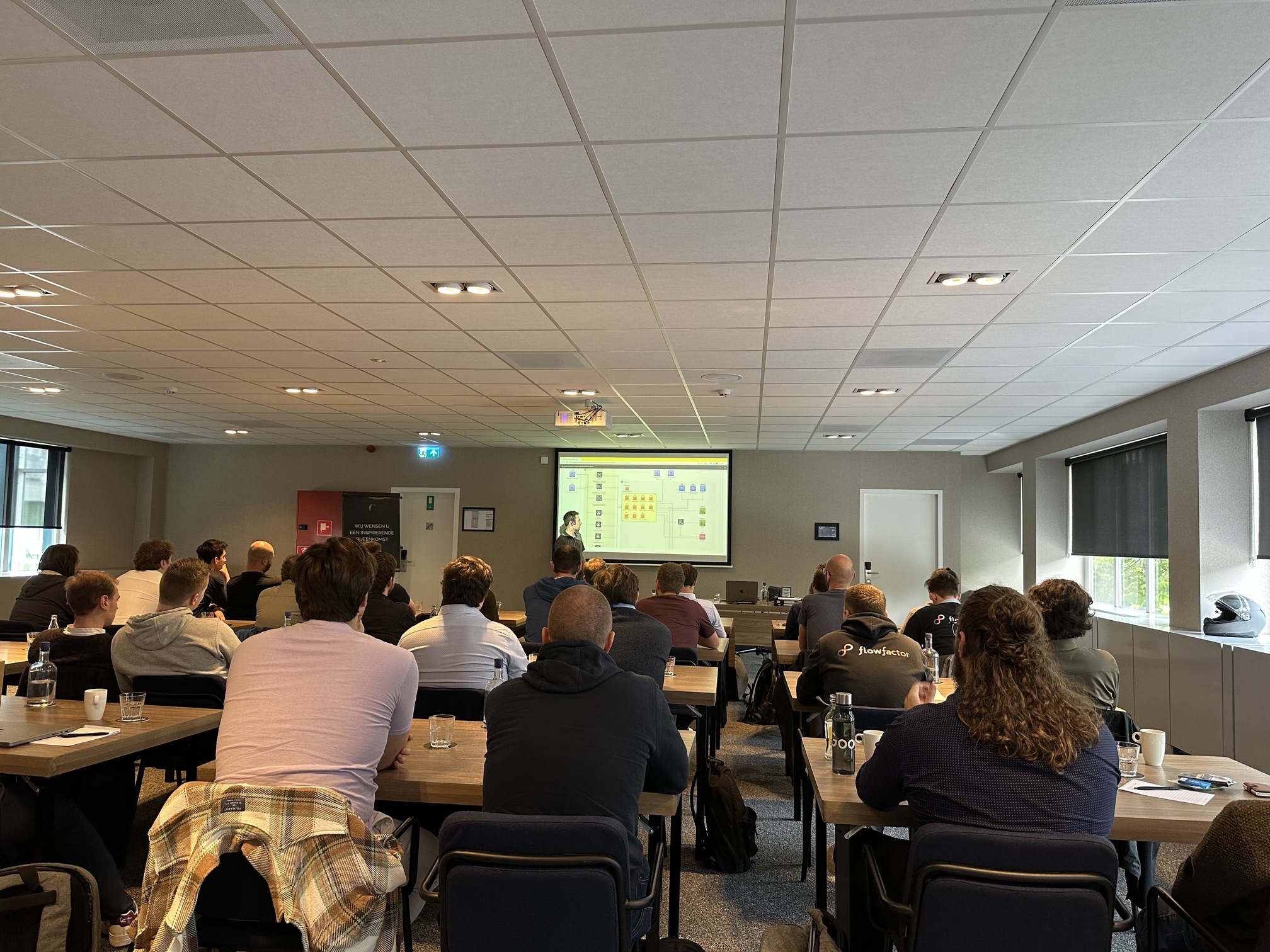
Terraform vs Pulumi: Choosing the Right IaC Tool for Your Cloud Infrastructure
Terraform vs Pulumi: Choosing the Right IaC Tool for Your Cloud Infrastructure
16 May 2023
Jonathan Bernaerts

When it comes to deploying cloud infrastructure, you want a reliable tool that can automate the process and reduce the risk of human error commonly associated with web interfaces. Using Infrastructure-as-Code (IaC) tools offers many advantages over console clients or CLIs, including automation with consistency, scalability, and version control. In this blog post, we’ll compare two popular IaC tools – Terraform and Pulumi – and help you decide which one is right for your needs.
Terraform: A Declarative IaC Tool
Terraform is an open-source IaC tool that lets you define and manage your cloud infrastructure in a declarative way. It supports various cloud providers like AWS, Azure, Google Cloud, and others, and uses Hashicorp Configuration Language (HCL), a simple and intuitive syntax, to define the desired state of your infrastructure. Terraform applies that state to create, modify, or delete resources as needed. It also provides a Plan command to preview changes before you apply them, helping to avoid unexpected or unwanted changes. Finally, Terraform’s module feature allows you to share and reuse resources across projects, making it easier to create and manage complex infrastructures.
Pulumi: A Modern IaC Platform
Pulumi is a modern IaC platform that allows you to define, deploy, and manage cloud infrastructure using familiar programming languages like Python, JavaScript, and TypeScript. It supports multiple cloud platforms like AWS, Azure, Google Cloud, and Kubernetes, and provides a variety of libraries and tools to automate infrastructure deployment and management at scale. Pulumi’s state management feature stores infrastructure state in the cloud, and can be used with version control tools like Git to track changes over time.
Comparison: Terraform vs Pulumi
While both Terraform and Pulumi are powerful IaC tools, they have different approaches and features that make them suitable for different use cases.
- Pulumi allows you to define infrastructure using common programming languages, making it easier to use if you’re already familiar with those languages. Terraform, on the other hand, uses its own domain-specific language (DSL).
- Pulumi manages resources as individual objects, offering more fine-grained control over individual resources. Terraform, on the other hand, manages resources as a collection of related objects, simplifying the management of less complicated infrastructures.
- Pulumi stores infrastructure state in the cloud, making it easier to collaborate on infrastructure changes, while Terraform stores state locally or remotely. However, Terraform also offers this option in the form of Terraform Cloud.
- Keeping code simple is a priority when using Terraform, as it is a fairly easy tool to work with. However, we tend to avoid using logical elements in Terraform, partly because they are not readily available. For example, if we want to deploy something only when a certain condition is met, we find it easier to use an if clause in Pulumi, while in Terraform, we have to work with count. Using count in Terraform often means starting with indexes, which can quickly become complex for even simple tasks. We have found that colleagues who use both Terraform and Pulumi also tend to avoid using count, loops, and execs in Terraform.
- Both Terraform and Pulumi offer tools and frameworks for putting your infrastructure deployment into a pipeline. Terraform has plugins available for popular pipeline orchestration tools like Jenkins, CircleCI, and GitHub Actions, while Pulumi has built-in workflows and tools like Pulumi Automation API. One advantage of Pulumi is that it runs in a programming environment, which allows for more customization of your pipeline.
Conclusion
Choosing between Terraform and Pulumi depends on your specific needs and preferences. Terraform is a great tool if you want a simple and declarative approach to IaC, while Pulumi is more suitable if you prefer to use programming languages you’re already familiar with. Pulumi’s fine-grained control over individual resources makes it easier to manage complex infrastructures, while Terraform’s module feature simplifies the management of more straightforward infrastructures. Ultimately, both tools offer powerful capabilities for managing your infrastructure as code.
Want to stay up-to-date on the latest DevOps trends and best practices? Subscribe to our newsletter to get the latest insights delivered straight to your inbox.

Sorry, the comment form is closed at this time.